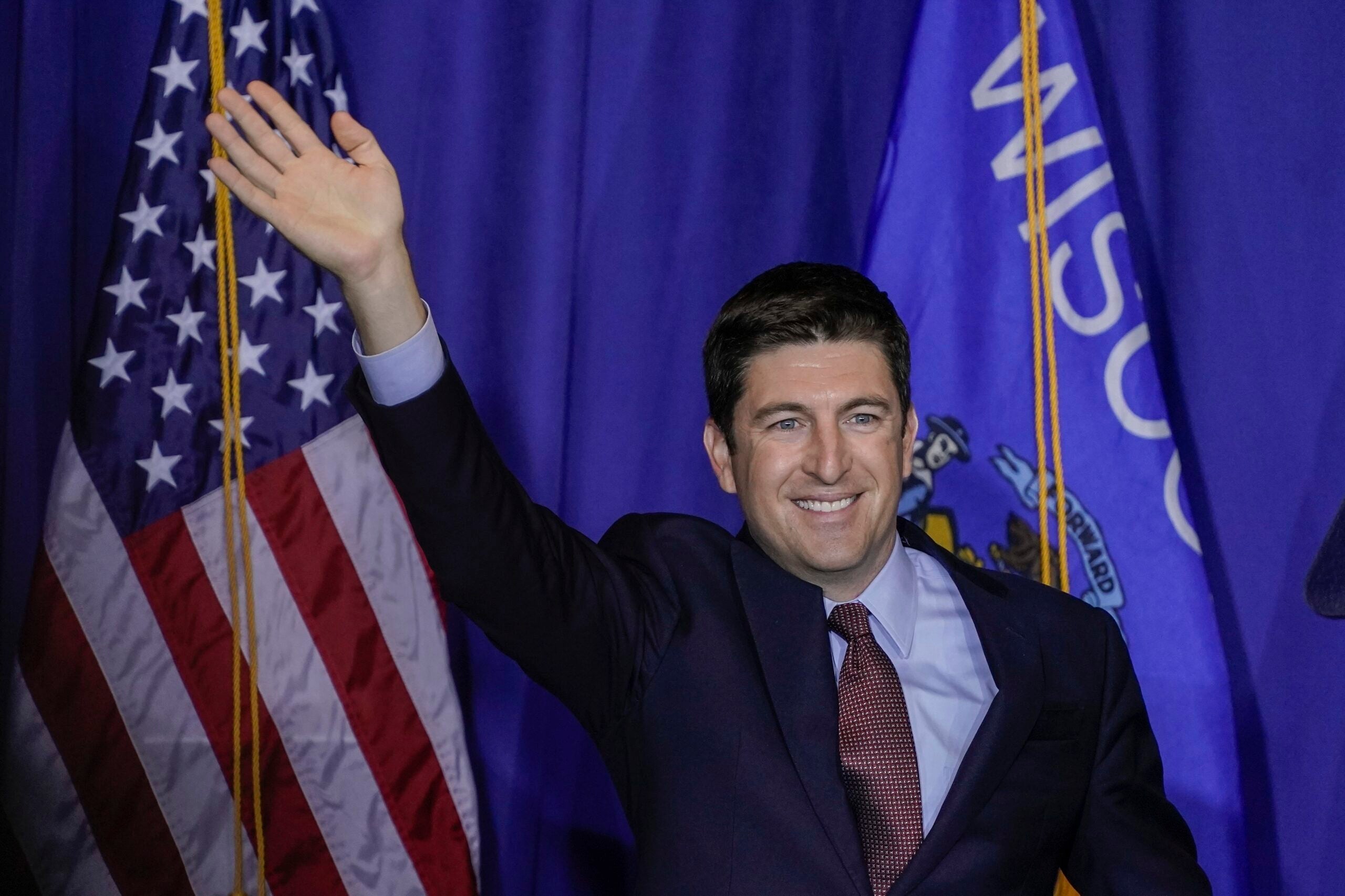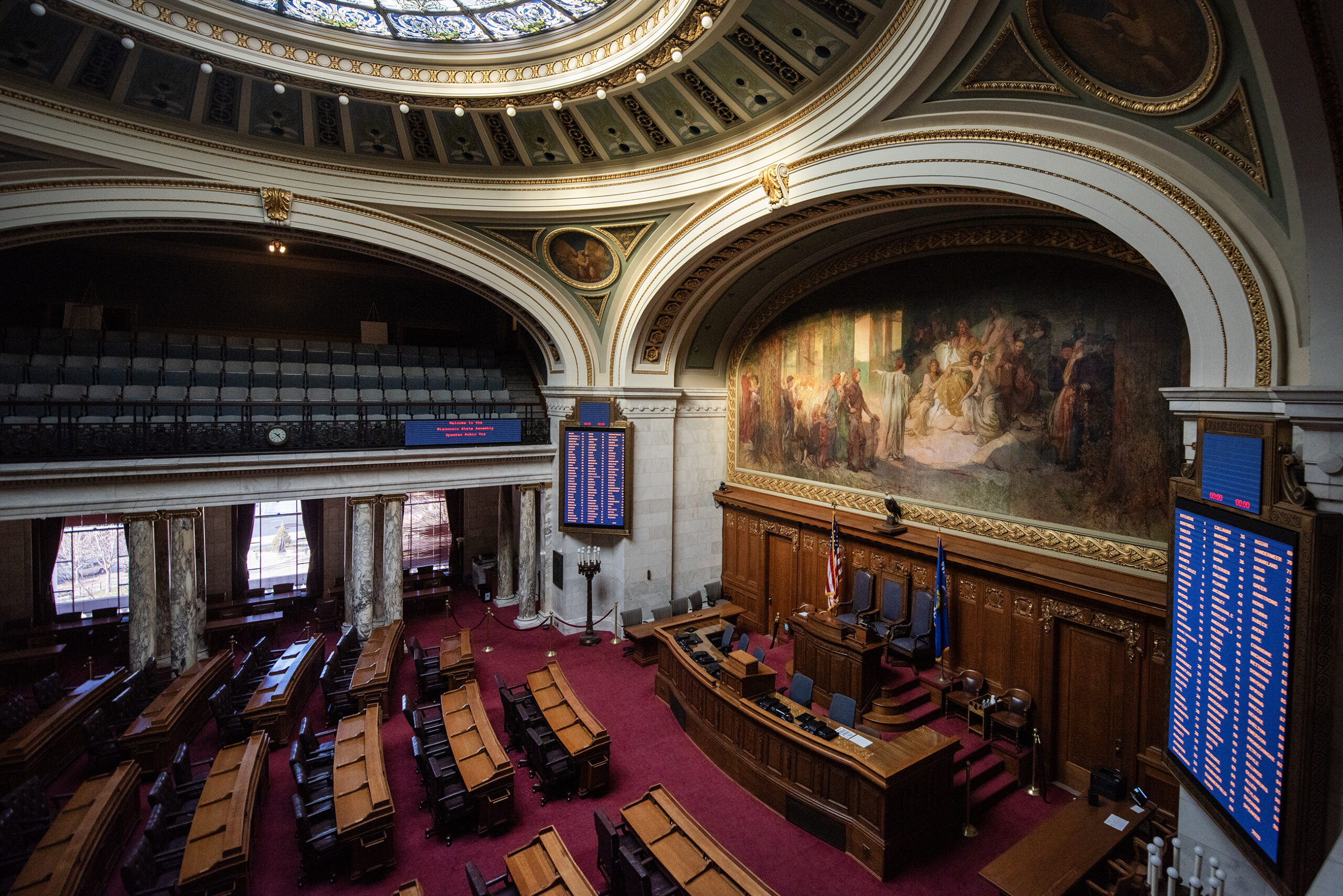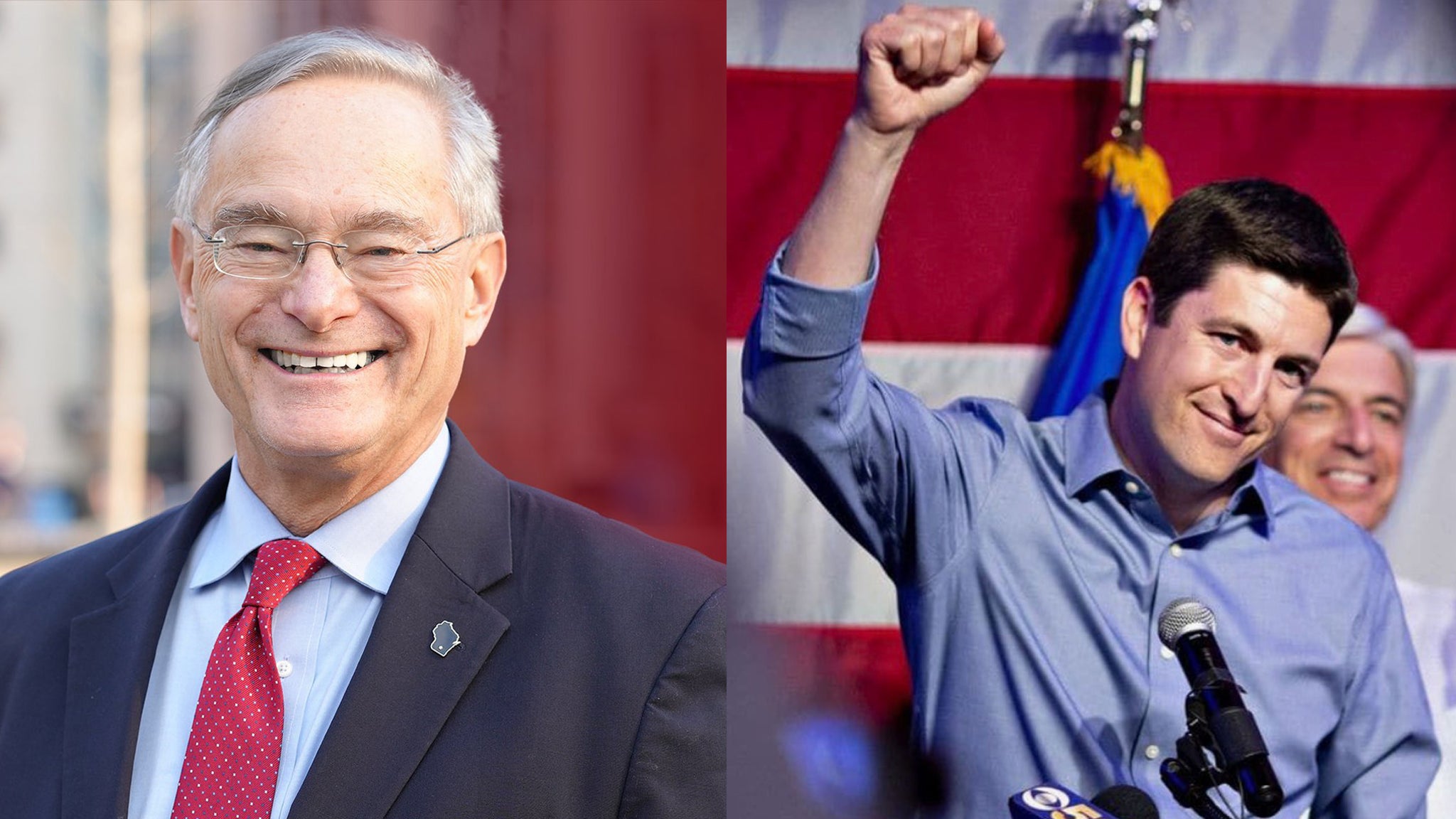Wisconsin’s most competitive congressional district for the next decade might be in southeast Wisconsin under a political map drawn by Gov. Tony Evers and approved last month by the state Supreme Court.
The 1st Congressional District has voted reliably Republican for the past 20 years. It’s currently held by Janesville Republican Bryan Steil, and before him, former U.S. House Speaker Paul Ryan.
While Evers’ map was chosen by a 4-3 majority of the court because it was the best example of a “least changes” redistricting plan, it adds and removes territory from the 1st District’s boundaries in subtle but significant ways.
Stay informed on the latest news
Sign up for WPR’s email newsletter.
At the western end of the district, it would add Democratic areas around Beloit and Janesville while gaining ground around the Milwaukee suburbs in the east. At the same time, the new district would lose a portion of Waukesha County, a Republican stronghold that’s been part of the 1st since the early 1990s.

J. Miles Coleman, the associate editor for Sabato’s Crystal Ball at the University of Virginia’s Center for Politics, said both changes benefit Democrats. Former Republican President Donald Trump carried the 1st by about nine percentage points in 2020, but Coleman said Trump’s margin in the new district would have been just two points.
“That could be maybe the most competitive district in the state over the next decade,” Coleman said. “I know that Steil seems to be pretty well entrenched. He fits the area well. But you never know.”
Coleman said part of the reason the 1st could rise to the top of competitive districts in future elections is that Wisconsin’s current swing district — the 3rd District in western Wisconsin — may be trending less competitive.
The 3rd would change very little under the map drawn by Evers, Coleman said, but demographic changes in the district favor Republicans.
“Education is becoming, you know, right up there with race or gender when it comes to predicting how people vote,” Coleman said. “And District 3 just doesn’t have much of a college white population, which means that’s bad for the Democrats.”
Another challenge for Democrats, particularly this year, will be holding the 3rd following the retirement of Democratic U.S. Rep. Ron Kind. Kind won his last election against Republican Derrick Van Orden by about 2.7 percentage points. Van Orden is running again, and Coleman said national trends suggest this will be much more of a Republican year.
Wisconsin’s current U.S. House delegation is split 5-3 in favor of Republicans. Coleman said Republicans could make it 6-2 this year but will never flip the 2nd District in Madison or the 4th District in Milwaukee, two Democratic strongholds.
Coleman said that under the new map, Democrats could potentially win three or four seats in a Democratic year, which would mean their best outcome would likely be an even 4-4 split.
Coleman said it creates better odds for Democrats than they would have had under the map drawn by GOP lawmakers, which could have solidified a 6-2 GOP split.
“I think this version maybe gives the Democrats a bit more opportunity, but they’re still the underdogs,” Coleman said.
Assuming the state Supreme Court doesn’t make additional changes, the map drawn by Evers took effect in an unceremonious way.
After the Wisconsin Supreme Court chose the map in its March 3 ruling, Republicans appealed almost immediately to the U.S. Supreme Court. They also appealed the state Supreme Court’s ruling that chose the governor’s legislative redistricting plan.
The U.S. Supreme Court handed Republicans a win on March 23 when it rejected Evers’ legislative map, but justices denied the appeal of the governor’s congressional redistricting plan.
Congressional Republicans then asked the Wisconsin Supreme Court to reconsider its original ruling, but the state Supreme Court simply never responded.
Attorneys for the Wisconsin Elections Commission then sent a letter to the Wisconsin Supreme Court on Tuesday telling justices that the agency was notifying elections officials throughout the state that it would implement Evers’ map ahead of the Friday, April 15 deadline when candidates begin to circulate nominating papers.
As of Thursday afternoon, the state Supreme Court had yet to publicly acknowledge the letter.
For more on the history of redistricting in Wisconsin and how it impacts political power in the state, check out WPR’s investigative podcast series, “Mapped Out.”
Wisconsin Public Radio, © Copyright 2025, Board of Regents of the University of Wisconsin System and Wisconsin Educational Communications Board.





